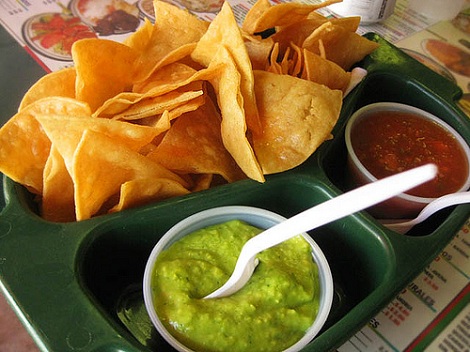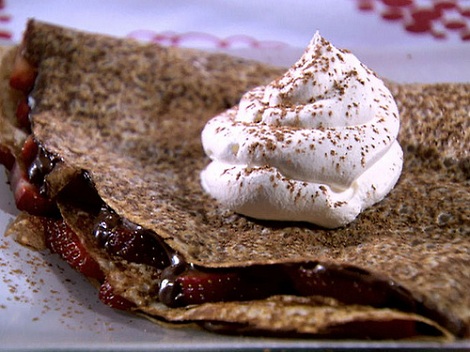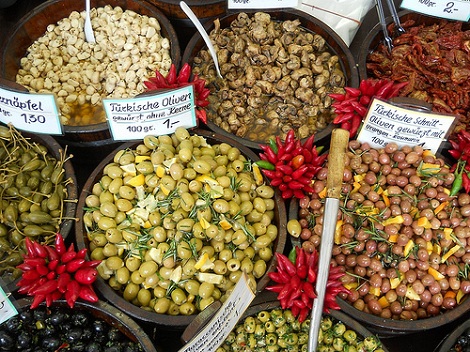
Meaning 'little snacks', antojitos is a catch-all term for Mexican street food, including tacos, quesadillas and other lesser-known treats. These snacks are eaten all over North America, but the most authentic antojitos are purchased from street-corner stands in Mexico City. Many south-of-the-border snacks start with a tortilla, which is the first clue that they will appeal to young eaters. They're also generally eaten without utensils − another bonus. For a quesadilla, the tortilla is folded in half, filled with cheese and toasted on a griddle, so it's essentially a Mexican grilled cheese sandwich. Its slim, half-moon shape makes a quesadilla easy to eat, even for toddlers. Tacos are also popular for little ones: the child-sized tortillas are filled with chicken, chorizo, seafood or any other protein that your niños might like.

Simple and nutritious, rice and beans is a staple throughout the Caribbean, and Central and South America. By 'staple', we mean that in many of these places they are eaten every single day. The rice is brown or white; the beans are red or black; they are served mixed or separately. Most importantly for parents, this dish is high in protein and sticks to the bones. Most importantly for kids, the ingredients are familiar and it tastes good.

The beauty of crêpes is their versatility. They can be breakfast, lunch, dinner or dessert; they can be savoury or sweet; they can be healthy or not. These ultra-thin pancakes are filled with fruit, cheese, meat or − for bons enfants who finish their vegetables − something sweet. While France gets most of the credit for this culinary creation, you'll also find crêpes by other names in Russia (bliny) and Poland (naleśniki), as well as other parts of Eastern Europe (palačinka) and northern Europe (pannekake).
A child who likes macaroni and cheese − and what child doesn't − will like cacio e pepe. This quintessential Roman dish is a simple masterpiece, featuring grated Pecorino Romano cheese and cracked black pepper, tossed with spaghetti and olive oil. The pepper's bite is muted by the cheese and pasta, so the overall effect is cheesy, creamy goodness. Just like mac 'n' cheese, but authentically Italian. Cacio e pepe appears on every menu in Rome.

There is a lot for kids to love about the meze (snacks) that are such an integral part of cuisine in Turkey and the Middle East. For starters, meze are mostly finger food, requiring dipping, spreading and other fun eating techniques. Also, a typical meze platter includes lots of variety, from basics like olives and yoghurt, to exotic irresistibles like hummus (chickpea spread) and baba ghanoush (eggplant spread), to tempting treats like köfte (lamb meatballs) and falafel (deep-fried chickpeas). Even the pickiest of eaters are bound to find something they like. And if all else fails, there's always plain pita bread.
Couscous is a traditional Berber food (called seksu in the local language), which is eaten in Morocco, Tunisia and throughout North Africa. It has also been adopted and adapted by the food-loving French. Children have a fondness for soft starchy foods like pasta and rice, and couscous falls squarely in this category. Even if it is unfamiliar, most kids will be tempted by the grain-sized semolina that's steamed until fluffy − whether the meat and vegetables are heaped on top (as is traditional) or served safely on the side.